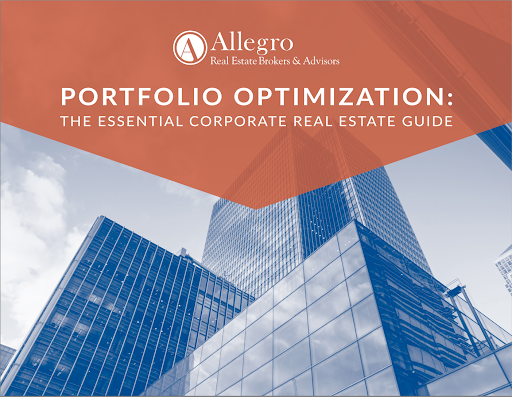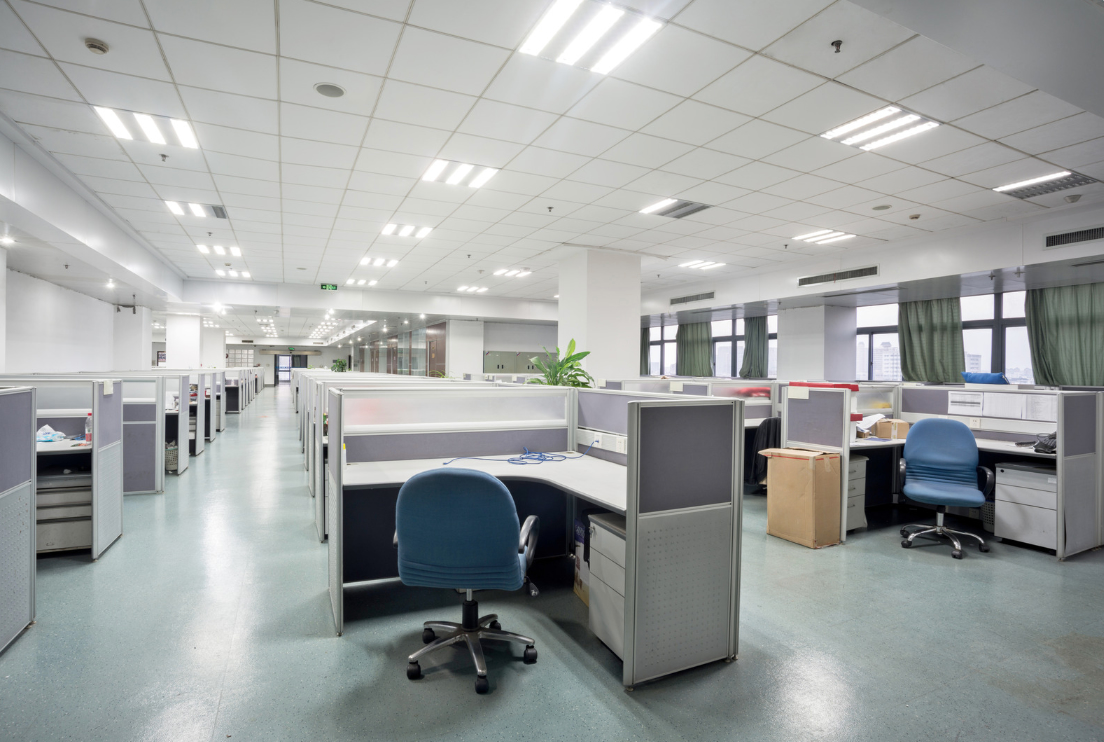Whether you’re interested in an existing space or one that has yet to be constructed, it’s important to pay attention to the premises provision of your commercial lease.
The premises provision of a lease is where the landlord outlines the state in which the property is in prior to leasing. This can be considered a construction of premises provision or a condition of premises provision, depending on if the property or space has already been built.
A construction of premises provision outlines the responsibilities of the landlord and tenant when constructing a new property or space to be leased. Within this clause, you’ll see a detailed description of which costs will be covered by the landlord, and which will be covered by the tenant—including any unexpected costs that arise during construction.
A condition of premises provision describes the state (such as broom clean or free of furniture, fixtures and equipment) in which the space will be in upon signing the lease. This provision might also include a tenant improvement allowance, or money given from the landlord to the tenant to help pay for improvements made to the space. Alternatively, this provision might describe the landlord’s “turnkey” buildout, coupled with a Work Letter describing construction specifications.
When negotiating a commercial lease, the landlord and the tenant should specifically agree upon the premises provision. By addressing and understanding the condition or construction of the premises, landlords and tenants can avoid costly disputes once the lease has been executed.
Why does the construction and condition of premises provision matter to tenants?
Like many provisions found in a commercial lease, the construction and condition of premises provision outlines important expectations for both the landlord and the tenant.
- It gives tenants a clear picture of the state of a property, before entering the lease agreement.
- If constructing a new property or space, it clearly outlines the costs assigned to the landlord and tenant, respectively.
- If understood properly, it should prevent any costly disputes (e.g. leaky roof, faulty systems, unexpected construction costs).
As a tenant, make sure to take the time to understand the premises provision of your commercial lease agreement, then examine the space with an expert (architect or contractor) before accepting the terms.
Common Construction and Condition of Premises Provision Terms You Should Know
Too often, industry phrases like “vanilla box”, “as-is,” or “turnkey” are used to generically describe the condition of a premises, ultimately causing confusion for tenants. Before you enter a commercial lease, take time to understand the terms being used, and ask the landlord for clarification when needed.
- As-is. In short, this means what you see is what you get. If a condition of premises is outlined as-is, it means the landlord has no responsibility to improve or update the space. Any improvements you want to make to the space will be your responsibility, including the costs associated with them.
- Grey Shell. A grey shell is delivered in a raw condition, which requires more work by the tenant to bring the space into a usable condition. It usually does not include a ceiling, only a partially completed concrete floor or no floor, no electrical wiring inside the space, and no lighting.
- Vanilla Box. Also called a “white box,” a vanilla box means the interior is a clean slate, complete with lighting, electrical switches and outlets, plumbing, a finished ceiling, walls ready for painting, and a concrete floor.
- Warm Vanilla Box. A warm vanilla box is nearly the same as a vanilla box, but with an installed heating, ventilation, and cooling (HVAC) system.
- Turnkey. Be careful with the term “turnkey,” which means the landlord will build the space for the tenant based on “building standard” finishes. A turnkey buildout can be different with every landlord. Make sure to have an architect and/or contractor clarify the condition and quality of work that the landlord is promising.
As a tenant, you should not assume that the landlord’s definitions of premises terminology are the same as yours. Make sure you’re on the same page before signing the lease.
Whether you’re negotiating an existing lease or entering a new agreement, take the time to understand the construction and condition of premises provision. Knowing the details of this provision will prevent costly disputes in the future.
Ready to speak with an Allegro team member?
We’d be happy to answer any questions you might have. Contact us today for a free 30-minute consultation to see how our team can help you navigate the terms of your lease agreement.







